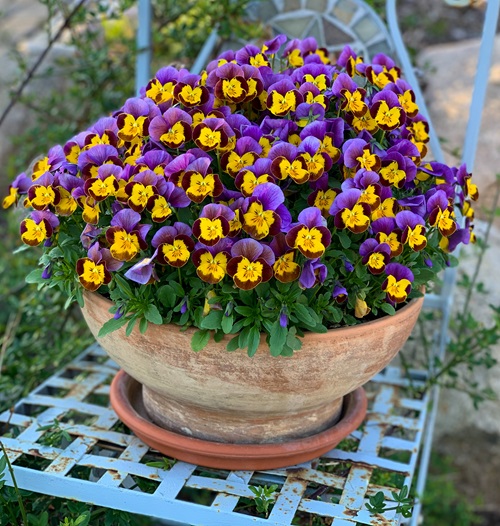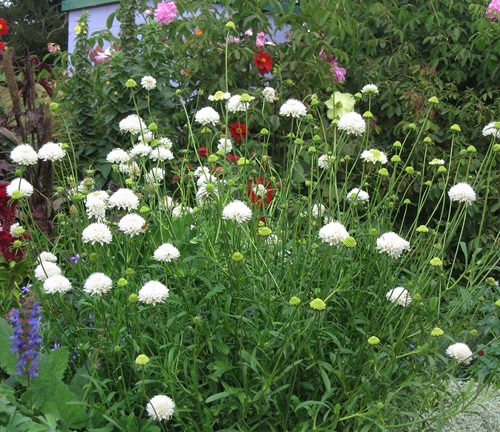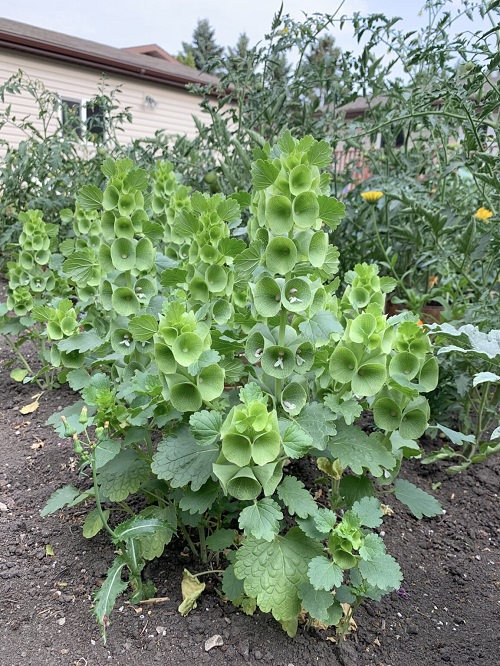Explore Hardy Annuals to Plant in Fall for Flowers in your garden Next Year. These plants overwinter and explode with blooms come spring!
Planting annuals during the fall is a sure-shot way to prepare your garden for the coming year. These rugged, resilient plants overwinter through the cold and burst into blooms in spring’s warmth. Here are hardy annuals to plant in the fall for flowers next year!
Hardy Annuals to Plant in Fall for Flowers Next Year
1. Cornflower
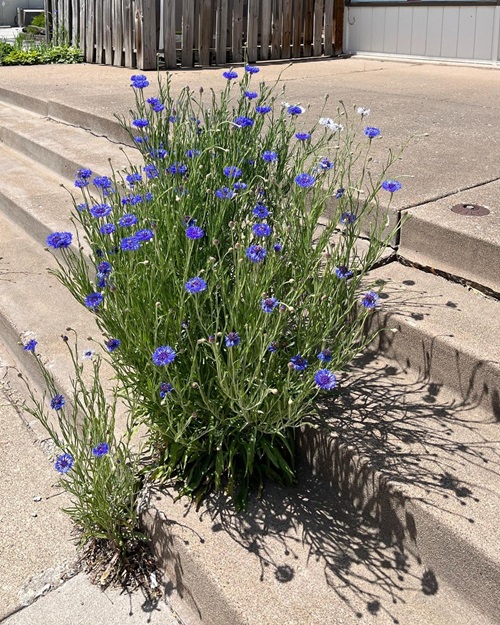
Botanical Name: Centaurea cyanus
USDA Zones: 2-11
Also known as bachelor’s buttons, this classic cottage garden flower is frost-tolerant and will bloom profusely in spring when planted in the fall. The blue blooms attract pollinators and self-seed easily. Start seeds indoors 6-8 weeks before the last frost.
Preferring full sun to part shade and moist, well-draining average soil, this prolific grower must be deadheaded to keep it in check.
2. Calendula
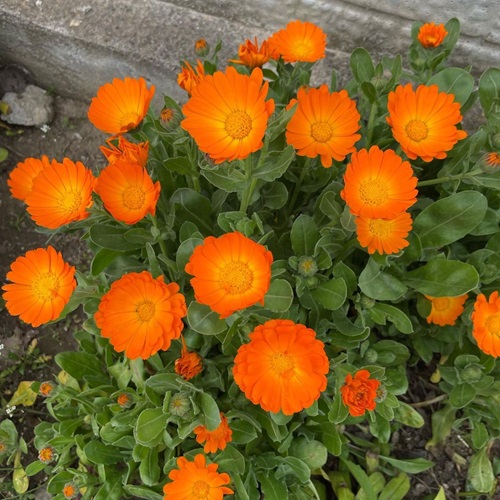
Botanical Name: Calendula officinalis
USDA Zones: 2-11
Also known as pot marigold, calendula is known for its bright orange and yellow flowers. This hardy annual can survive cool weather and will bloom continuously from spring through fall.
Calendula cannot tolerate high heat or drought but prefers full, indirect sun to flourish in. Once established, cut back during the fall to help revive this edible plant in winter.
3. Nigella
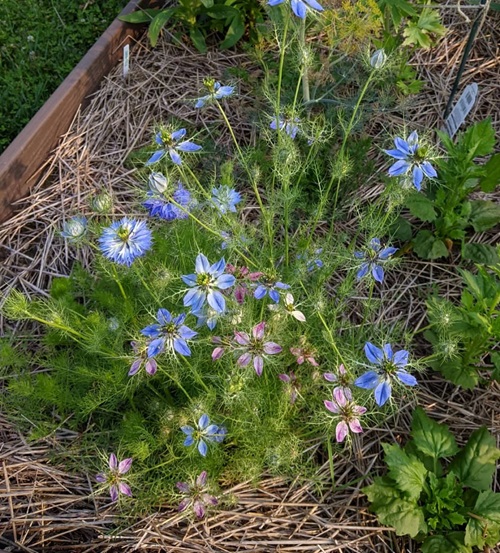
Botanical Name: Nigella damascena
USDA Zones: 2-11
Commonly called “love-in-a-mist,” nigella has delicate, feathery foliage and charming blue, pink, or white flowers. It flourishes in cool temperatures and is one of the easiest annuals to grow.
Start seeds indoors in the fall or directly in the ground in regions with mild winters, where the ground is workable. The plant will bloom in spring and summer the next year!
4. Clarkia

Botanical Name: Clarkia amoena
USDA Zones: 2-11
Another wonderful flower to plant in the fall, Clarkia produces delicate pink and purple flowers that add a soft, romantic touch to the garden. Its super tiny seeds benefit from shallow planting in well-draining soil.
Plant it towards the soil surface in early fall to encourage germination in autumn rains. And enjoy blankets of fresh green shoots through fall and winter in its first year of planting. And by next year, relish its spring and summer blooms!
5. Giant Larkspur
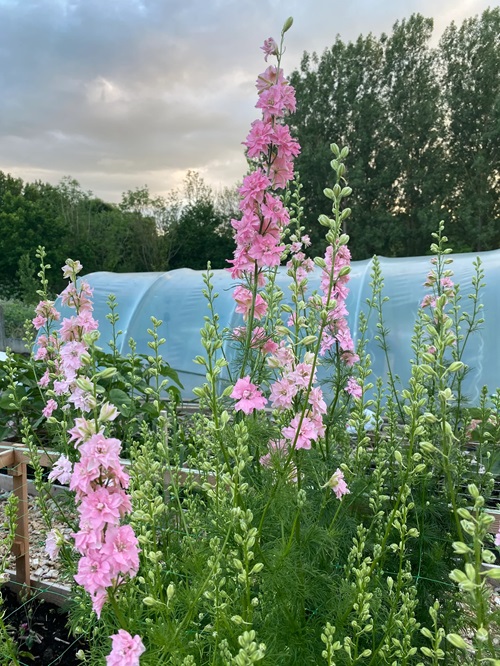
Botanical Name: Consolida ajacis
USDA Zones: 2-11
This self-seeding annual is native to the Mediterranean and produces tall spikes of purple, blue, pink, or white flowers from June through August. This cool season annual grows easily from seed; sow indoors 8-10 weeks before the last frost date.
6. Sweet Alyssum

Botanical Name: Lobularia maritima
USDA Zones: 5-9
Sweet alyssum is a low-growing plant that produces tiny, fragrant white, purple, or pink flowers. It is excellent for borders, containers, or ground cover and can handle light frosts. A prolific self-sower, cut back spent blooms in summer for more flowers once it establishes.
7. Pansies
Botanical Name: Viola tricolor var. hortensis
USDA Zones: 2-10
Pansies are well-known for their cheerful, colorful faces. These hardy biennials are also grown as annuals. They flourish in temperatures of 40-60 F (4-15 C) and grow in full to partial sun and well-draining moist soil.
Their edible, nectar-filled spring and summer blooms are crucial in supporting pollinators like bumblebees, butterflies, and honeybees.
8. Snapdragon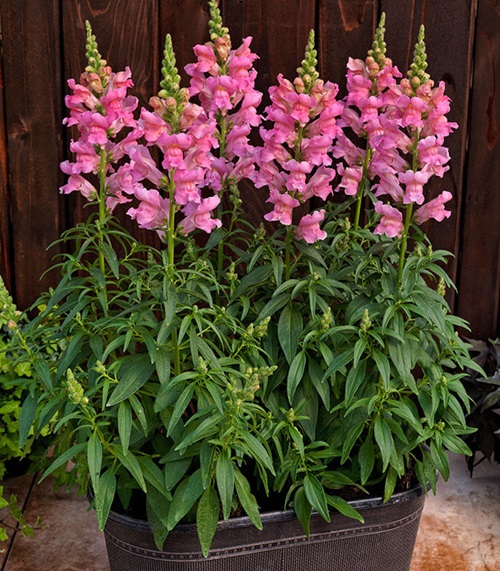
Botanical Name: Antirrhinum majus
USDA Zones: 7-11
Blooming from summer through fall, this garden border and mass-planting favorite grows well when sown anytime in the fall. Thriving in cool weather, plant this hummingbird magnet from September in areas with mild, warm winters, and watch it come to life in summer next year!
Snapdragons look great with pansies and violas. They also add beauty to mixed containers and are perfect for a cut flower garden!
9. Pincushion Flower
Botanical Name: Scabiosa atropurpurea
USDA Zones: 4-11
This plant is named after its flower, which looks like a cushion full of pins. It grows best as an annual in cooler climates, but in warmer regions with mild winters, it can survive as a perennial. Flowers bloom through spring and can often withstand the first frost.
Thriving in rich, alkaline soil rich in organic matter, this Mediterranean native cannot tolerate high heat and humidity.
10. Queen Anne’s Lace
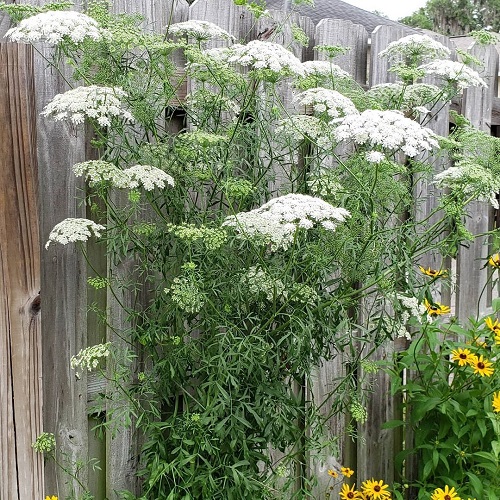
Botanical Name: Daucus carota
USDA Zones: 4-11
Queen Anne’s Lace is a hardy biennial plant that can also be grown as an annual. It can endure scorching summer and reseed after a cold winter.
Remember that it doesn’t do well in damp areas and reseeds in regions with sunshine aplenty and ample breeze.
11. Shirley Poppies

Botanical Name: Papaver rhoeas
USDA Zones: 3-10
The white-and-red or white-and-pink Shirley poppy is an annual developed from the corn poppy. It grows profusely in the cold and produces soft, thin, tiny blooms. You can start it from seeds in the fall, which will bloom in just a few months.
12. Sweet Pea
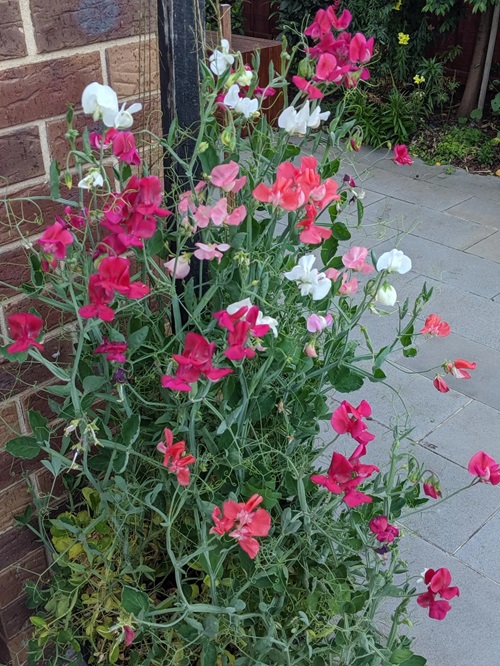
Botanical Name: Lathyrus odoratus
USDA Zones: 2-10
The next hardy annual to plant in fall for a bloom-filled garden next year is the classic sweet pea. One secret to producing the best sweet peas blooms is planting them as the weather gets cooler in regions with mild winters—zones 7 and above!
Its delicate, winged petals smell like a mix of honey and orange blossoms, making them great choices for gardens and bouquets.
13. Brompton Stock
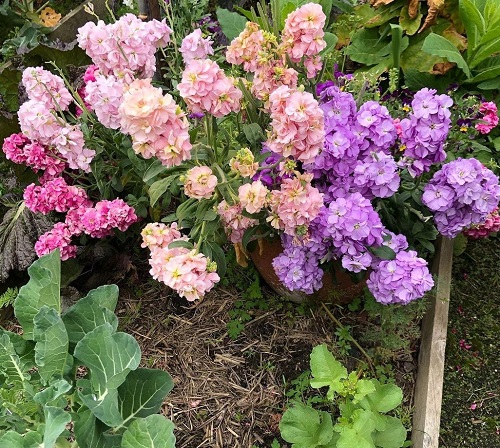
Botanical Name: Matthiola incana
USDA Zones: 6-10
Brompton Stock is a mustard family member that can be started indoors 6-8 weeks before the last frost date for clove-scented cream to lavender blooms in spring and summer. It can handle frost but doesn’t do well in hot and humid areas.
It thrives in humus-rich, well-draining, moist soil, full sun, and some afternoon shade.
14. Bells of Ireland
Botanical Name: Moluccella laevis
USDA Zones: 2-11
Bells of Ireland are known for their tall, spiky towers of green bracts and tiny white flowers. Fall is a great time to grow these mint members. Pick a sunny location, plant the cuttings in well-drained soil, and in a few weeks, they’ll form roots and start growing before winter sets in.
The best time to do this is late September or the first half of October. If you’re planting the cuttings in garden beds, space them about 12-15 inches apart.
15. Baby Blue Eyes

Botanical Name: Nemophila menziesii
USDA Zones: 3-9
These hardy annuals with delicate, sky-blue flowers are perfect for planting in the fall for flowers the next year. Sow them directly into the soil in August, September, or October in a spot with morning sun and afternoon shade. Keep the soil moist; tiny seedlings will emerge in about 2-3 weeks.
Once true leaves form, transplant and space them about six inches apart, and you’re done. Baby blue eyes are low-maintenance, hardy, fuss-free annuals that bloom abundantly!
Plant these now, and let us know how they worked out for your floral garden via the comments below. And once your annuals have bloomed, don’t forget to check out what to do with them afterward!


